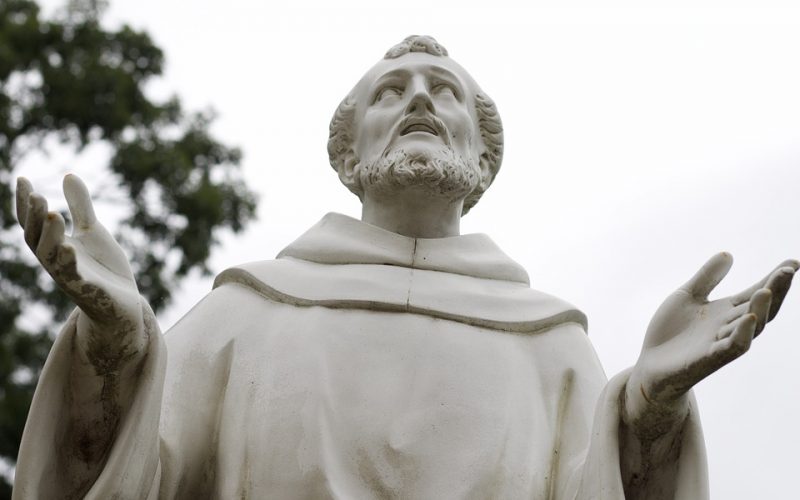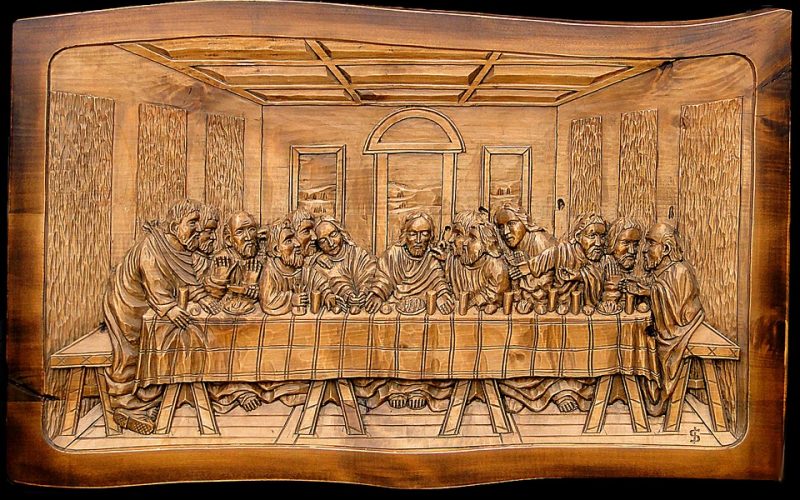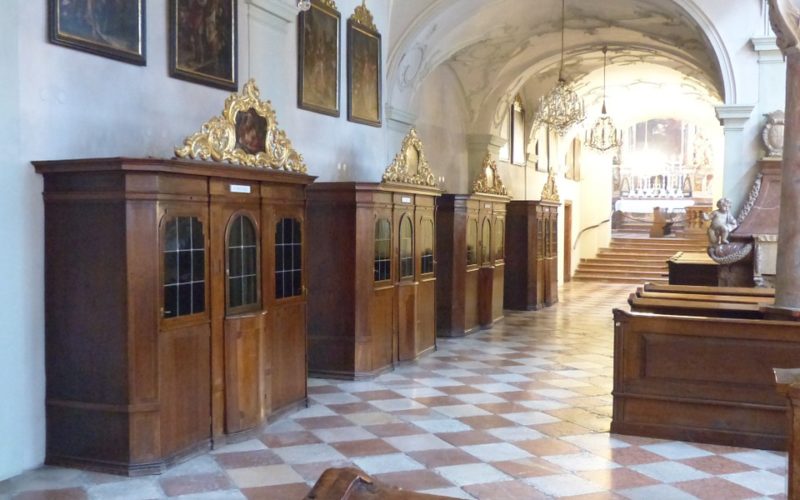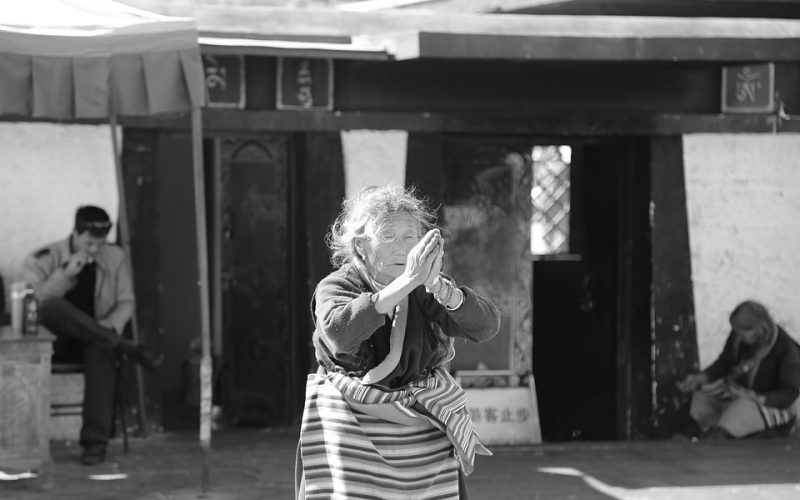The Catholic Rite of Confession
The Roman Catholic Church has a long history, and its rites and rituals are an important part of their worship. Forgiveness of sins has been ritualized into the Rite of Confession, and this is taught to children and newcomers before they are allowed to fully celebrate Mass. Unlike many other religions, Catholics confess to a priest, and they are given absolution as soon as they complete their penance to atone for their sin.
The confessional is often a place where Catholics say they feel the weight of their sins being taken away, but few of them mention the penance they must perform. For venial sins, a series of prayers are generally required to atone for their wrongful acts. These are considered lesser sins that do not reject God’s laws and the church, and they are those that can be easily forgiven. As long as the sinner performs their penance, they are once again within God’s grace and free of sin on their soul.
Mortal sins cannot easily be forgiven, and they are a grave matter within the church. There are many sins that are considered mortal, and they spring from the seven deadly sins. Lust, greed, envy, sloth, anger, gluttony and pride are the most deadly sins for any Catholic, and they damage the relationship between man and God. The ritual of Confession and Penance will not necessarily result in forgiveness of any of these sins by the church or God.
Forgiveness for a mortal sin requires the sinner to be contrite about their act, and they must demonstrate to God that they feel this within their heart. A priest may be able to help them choose how they will perform their penance and show contrition, but the sinner must convince God they truly regret their sin before they are allowed to remain within the church.



